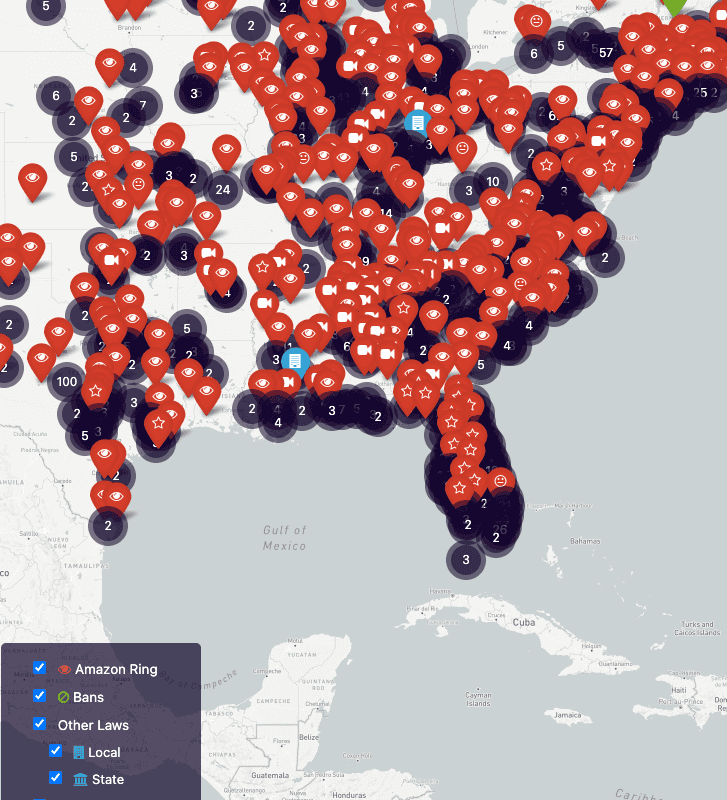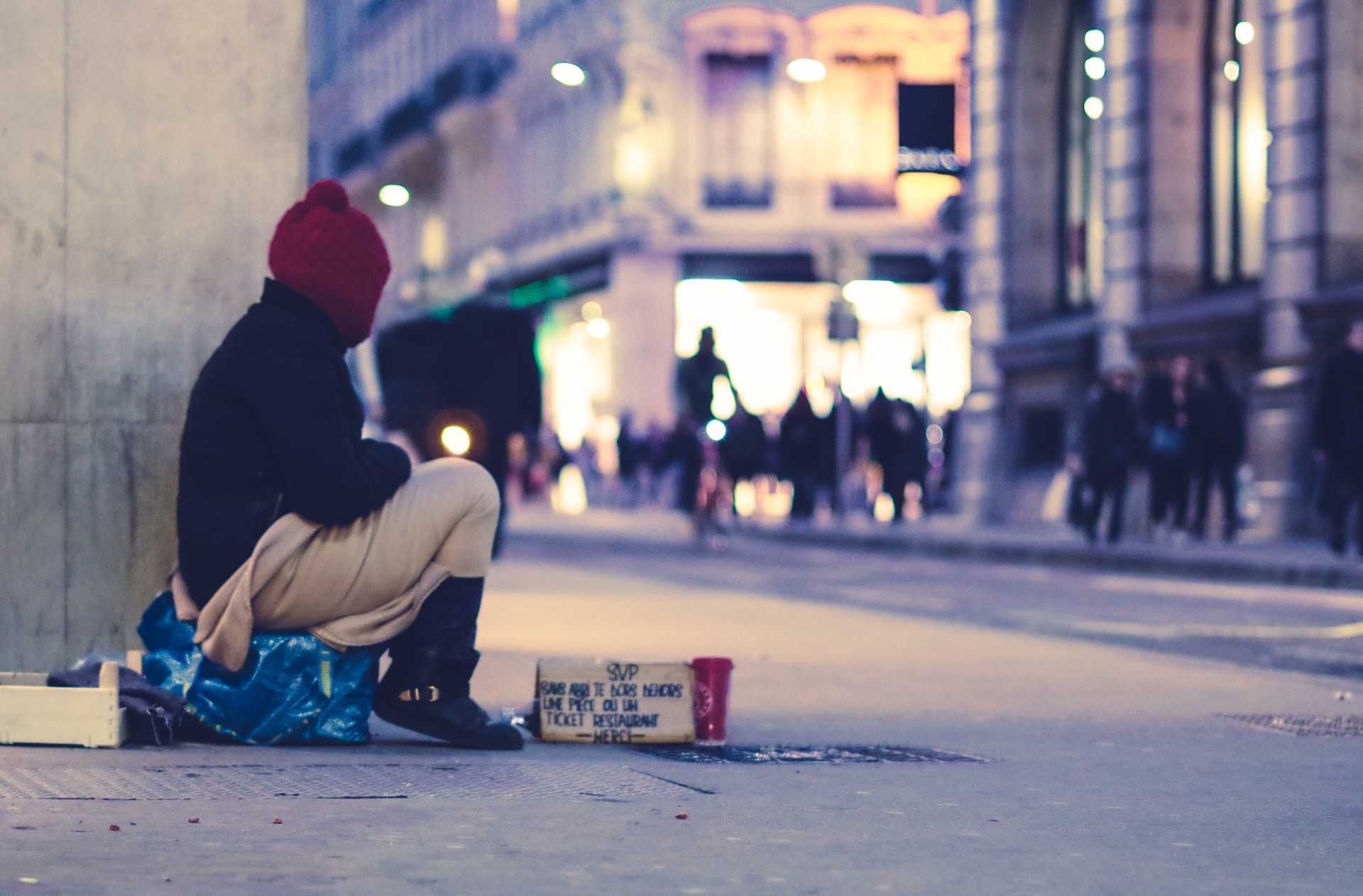
Facing facial recognition
From surveilling individuals to sensing human systems.
How likely? How soon? What impact?
Less than a decade ago, few people had ever encountered facial recognition technology. Now, it threatens to play a role in almost every interpersonal interaction. Despite its great value in security, the hasty deployment of this technology and its use in unexpected contexts, where it can conduct excessive information-gathering power, has generated a growing backlash.
That backlash has taken two forms. On one hand, protestors have turned the technology of watching back on the watchers, using face recognition to identify police officers attempting to conceal their identity during police riots. More widely, a growing number of municipalities are simply banning local government use of the technology.
While such bans may not stop the wider global spread of facial recognition technology in policing and local government, let alone in the private sector, they are likely to drive changes in how it is designed, deployed, and used in cities. These changes will have impacts for tech governance that will shape all future urban tech efforts.
Signals
Signals are evidence of possible futures found in the world today—technologies, products, services, and behaviors that we expect are already here but could become more widespread tomorrow.




..png)




